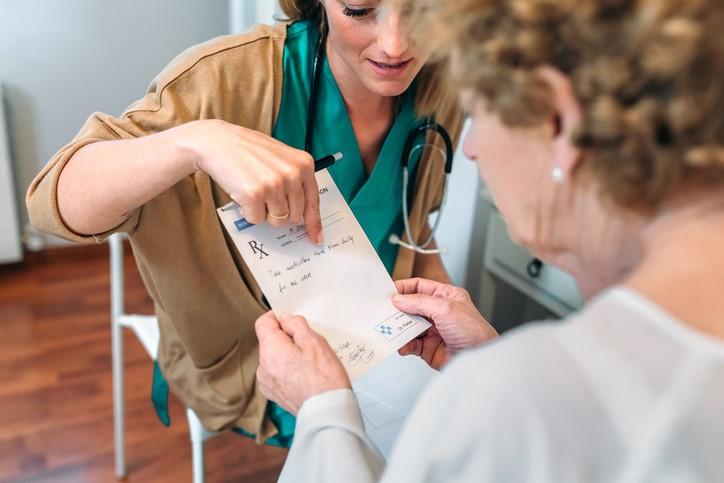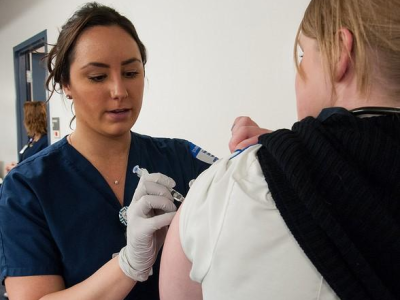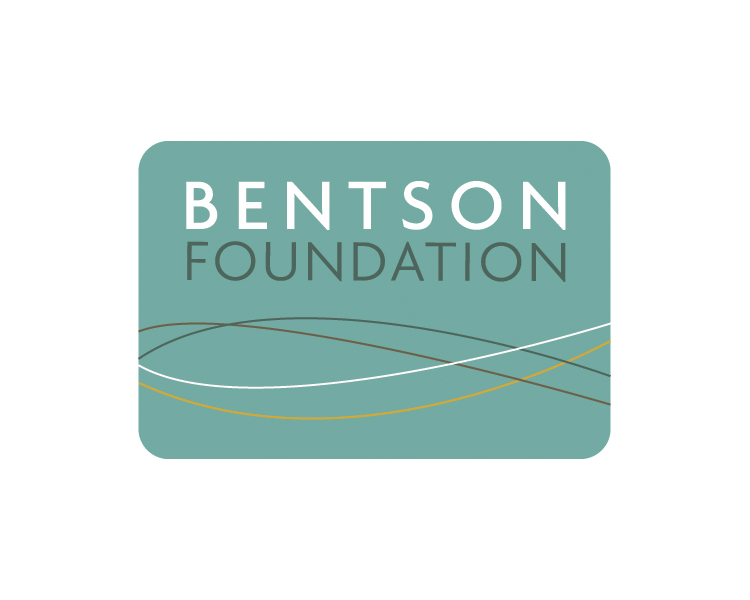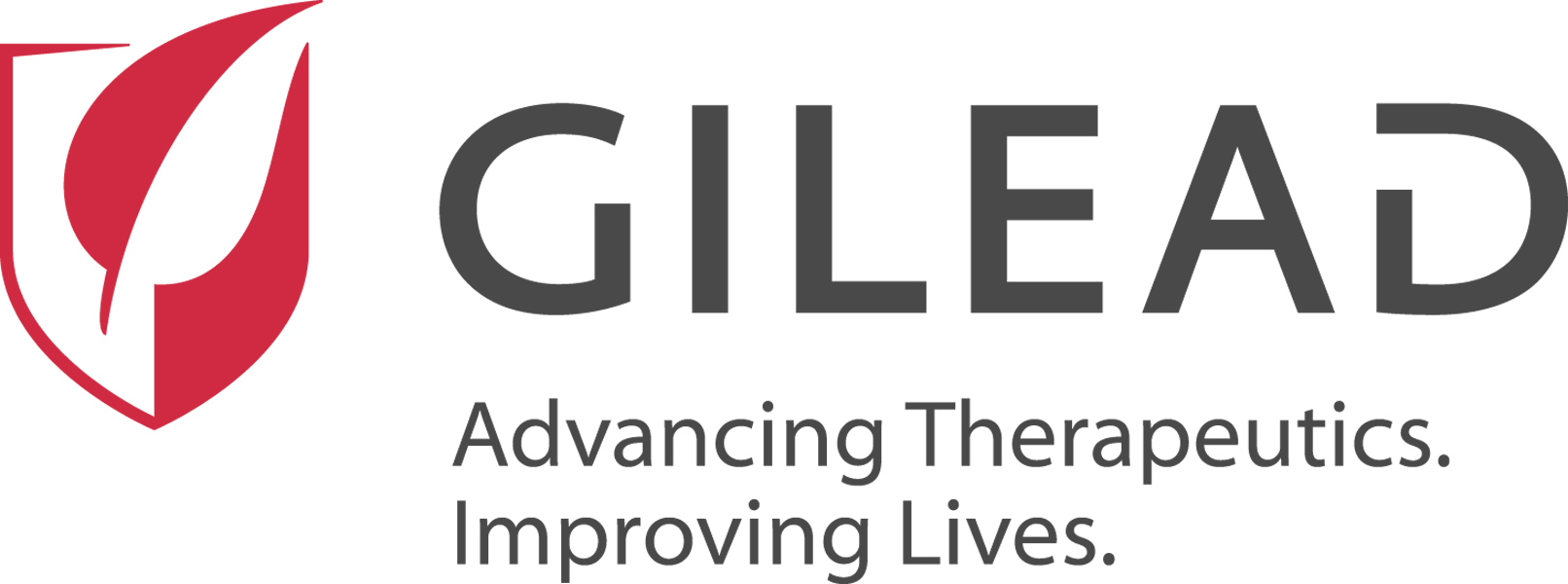The World Health Organization (WHO) on September 5 released more details about a new Ebola virus outbreak in the Democratic Republic of the Congo (DRC), including that two of the healthcare workers who cared for the index patient—a 34-year-old pregnant woman who died from her infection—developed similar symptoms and also died. The index patient was at 34 weeks gestation and died on August 25 from multi-organ failure.

Of the 28 suspected cases recorded as of September 4 in Kasai province, 15 deaths were reported, with 4 health workers among the patients who died. Patients listed as suspected cases are from three areas of Bulape health zone and from Mweka health zone. Eighty percent of the patients are ages 15 years and older. Among samples collected from five suspected patients and one probable death that were sent for testing to the National Public Health Laboratory (INRB) in Kinshasa, and all were positive for Ebola.
The DRC health ministry said that, according to its latest data, 32 cases and 15 deaths have been reported in the outbreak zone. Officials held an outbreak coordination meeting with technical and financial partners to chart a response plan with a $45 million price tag that will begin with mobilizing partners, establishing monitoring and evaluation, and conducting scientific research on the virus reservoir.
New zoonotic spillover, but source still under investigation
Whole-genome sequencing suggests that the virus represents a new zoonotic spillover and is not directly linked to earlier outbreaks in the area in 2008 and 2008-2009.
The WHO said the outbreak's location is not far from Tshikapa, the capital of Kasai province, as well as the border between the DRC and Angola. Though the affected area is hard to reach, population movements between different parts of the province are frequent, especially between Bulape and the provincial capital.
So far, the source of the outbreak hasn't been identified, and the illness onset date and the history of health visits of the index patient hasn't been determined, which the WHO said increases the likelihood of ongoing community transmission. It assessed the health risk as high for the DRC, moderate for Africa, and low at the global level.












